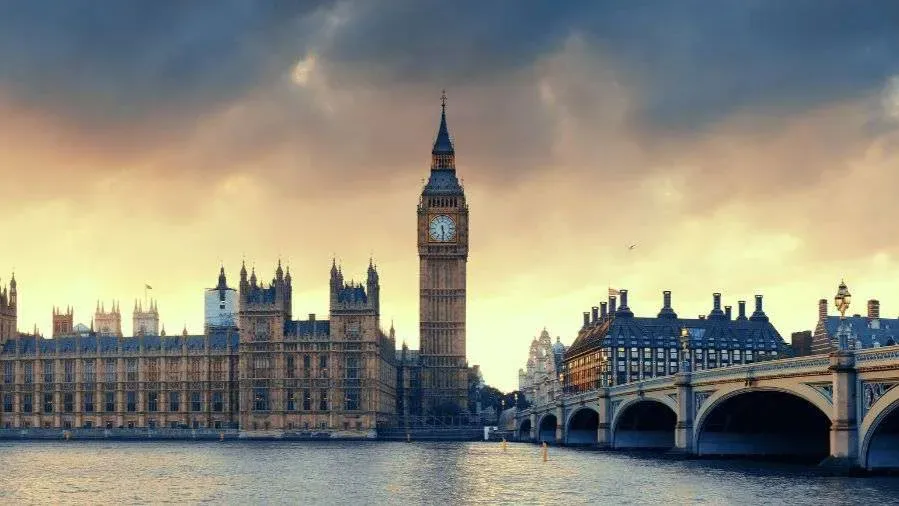
By Siham Ben Amor, MD of WER Investments Ltd
🏙️ Leasehold Reform and the Future of Central London’s Property Market
The London property market has long been known for its complexity, and nowhere is this more evident than in Central London. For decades, leasehold ownership has dominated much of the housing stock, especially in prestigious areas like Mayfair, Kensington, and Belgravia. But times are changing. Recent government reforms to the leasehold system are beginning to reshape how properties are bought, sold, and valued.
The big question: how will these changes impact homeowners, investors, and the future of Central London’s luxury property market?
📉 The Leasehold Dilemma: A Legacy Under Scrutiny
Leasehold properties, which grant ownership for a fixed number of years rather than outright, have historically posed challenges for buyers. From costly ground rents and complex service charges to restrictive clauses and short leases impacting mortgageability, the leasehold system has long been a point of contention.
Over the last 12–18 months, public pressure and political momentum have led to tangible changes. According to data from the Department for Levelling Up, Housing and Communities, over 4.5 million properties in England are leasehold, and around 90% of new-build flats in London fall under this category. It’s no surprise then that reform has taken center stage.
🏛️ What’s Changing?
The UK Government is now advancing several key reforms to create a fairer housing system:
- Ground rents abolished for new leases – Since June 2022, new residential long leases can no longer charge ground rent, making them more attractive to buyers.
- Lease extensions simplified – Leaseholders can now extend leases by 990 years (up from 90 years) at zero ground rent.
- Ban on sale of leasehold houses – All new-build houses must be sold as freehold, except in exceptional circumstances.
- Service charge transparency – Freeholders and managing agents must provide clearer, itemised breakdowns of service charges.
These reforms are designed to rebalance the relationship between freeholders and leaseholders, long overdue in the eyes of many.
📊 What Does This Mean for the Central London Market?
🔼 Opportunities for Buyers and Investors
Increased buyer confidence: With fairer terms, more transparency, and the removal of onerous ground rents, leasehold flats may see a surge in demand, particularly from first-time buyers and international investors seeking clarity and long-term value.
More leverage in negotiations: Leaseholders now have greater rights, giving them stronger negotiating positions when dealing with freeholders on extensions or enfranchisement.
Potential value uplift: Properties with newly extended leases and no ground rent could fetch higher resale prices, especially in areas offering Prime London property opportunities, such as Mayfair, Knightsbridge, and Belgravia luxury apartments for sale, where demand for clarity and longevity is rising.
🔽 Challenges for Developers and Landowners
Lower long-term income: The elimination of ground rents reduces a key source of predictable revenue for freeholders and institutional investors.
Structural financial model changes: Many developers may need to rethink how they structure new-build projects in Central London’s luxury property market, where the leasehold model was once a foundational revenue stream.
Legal and administrative adaptation: The sector faces transitional uncertainty as stakeholders adjust to new rules and increased legal scrutiny.
🌍 Global Investors: Should You Still Look to London?
The reforms are making the London market more accessible, particularly for overseas investors. Removing the confusion and financial unpredictability of leaseholds makes it easier to evaluate properties with greater transparency, an attractive prospect for foreign buyers seeking Prime Central London property opportunities.
Moreover, Central London continues to offer rare value resilience, cultural cachet, and a strong rental market. From Kensington penthouses to Belgravia luxury apartments for sale, the appeal of London as a global property destination remains unrivalled. However, investors should closely examine lease terms, seek legal advice, and monitor upcoming legislative updates, as more reforms are likely ahead.
💬 Final Thoughts
As leasehold reform gains momentum, it’s clear that the Central London property landscape is shifting. While these changes are welcomed by many, they also create a new set of dynamics that must be carefully understood by buyers, sellers, and investors alike.
Are we witnessing the beginning of the end for the leasehold system in London or simply a more balanced evolution?
🔽 I’d love to hear your thoughts, especially from fellow investors, developers, and leaseholders. Have these reforms impacted your buying or investment decisions? Let’s discuss in the comments below.
